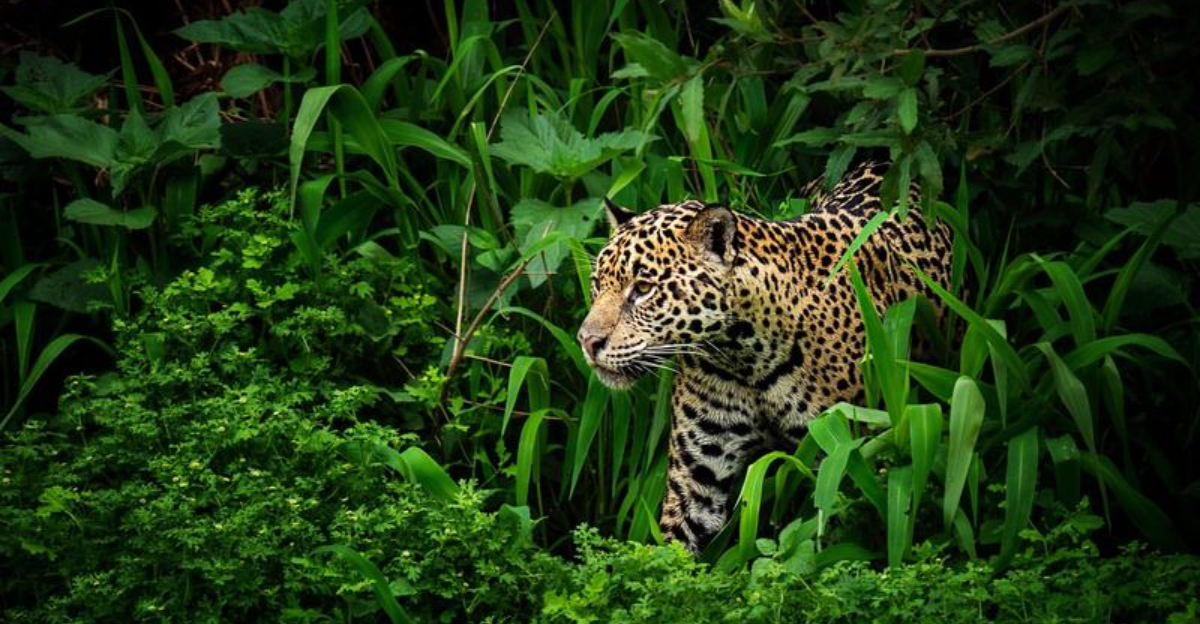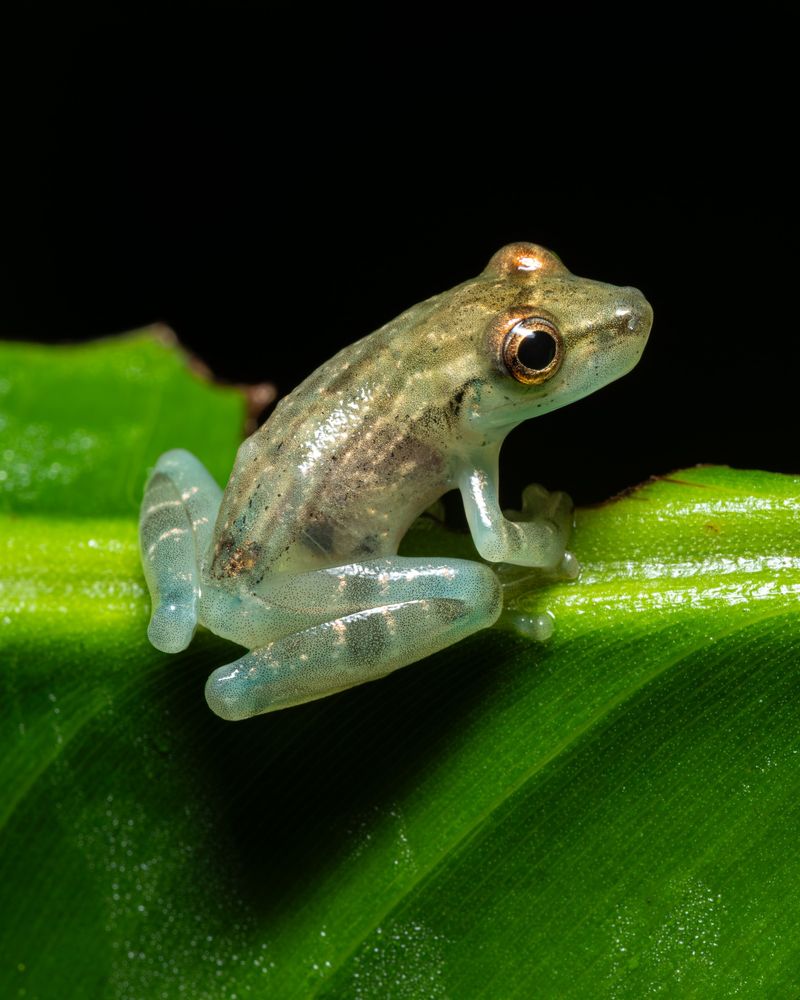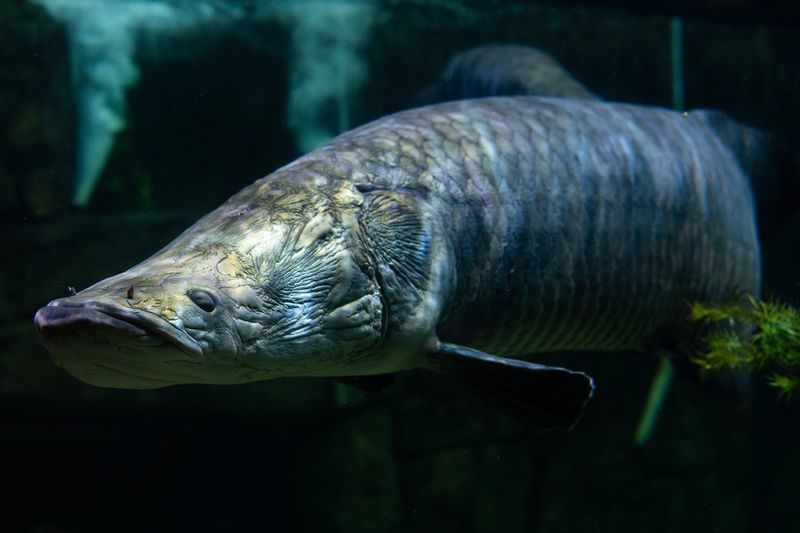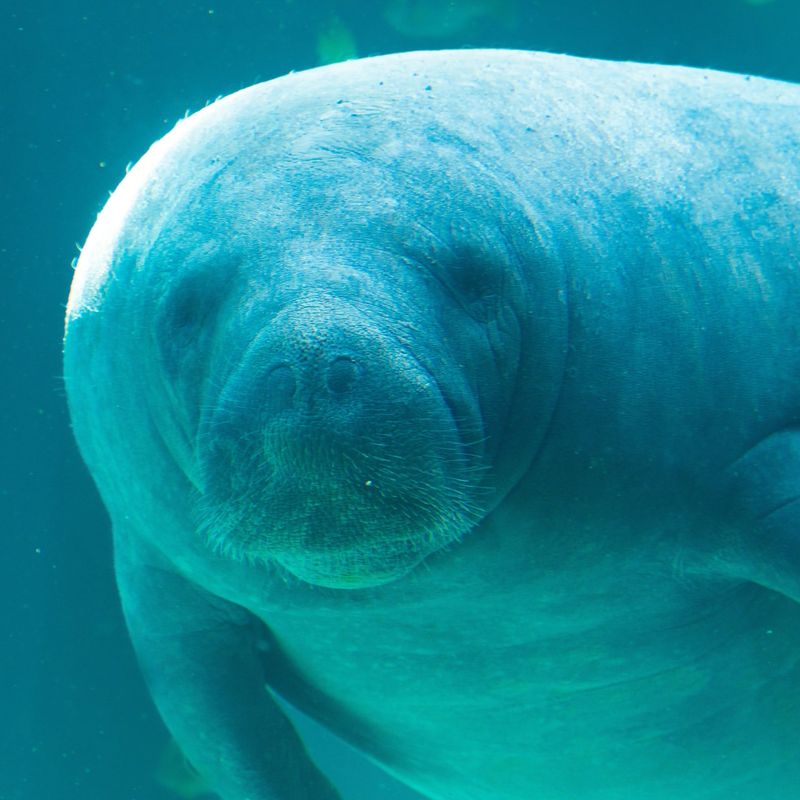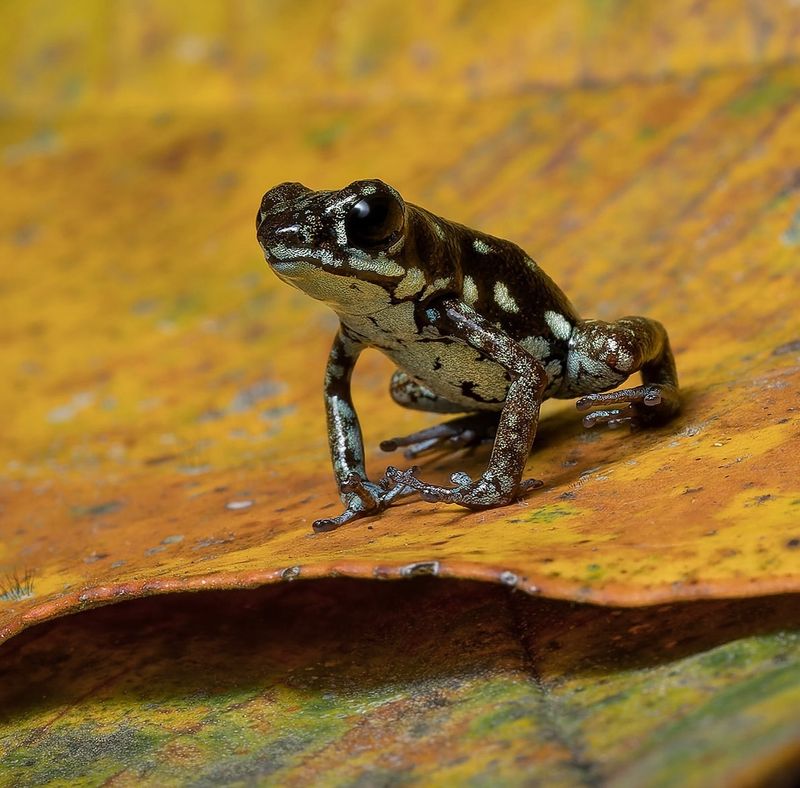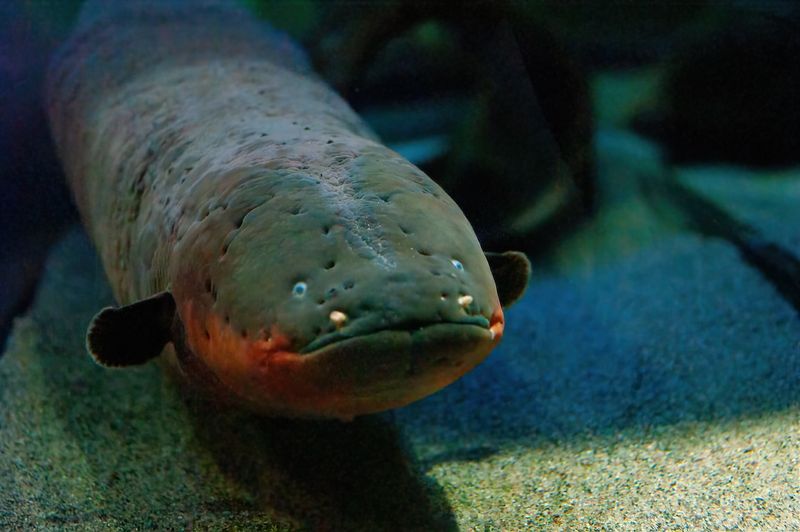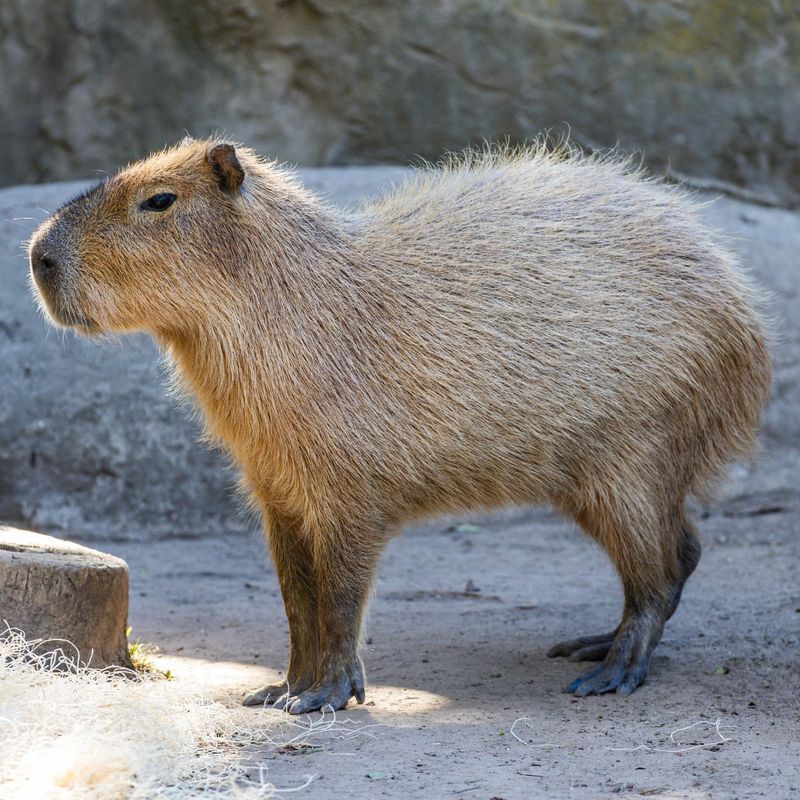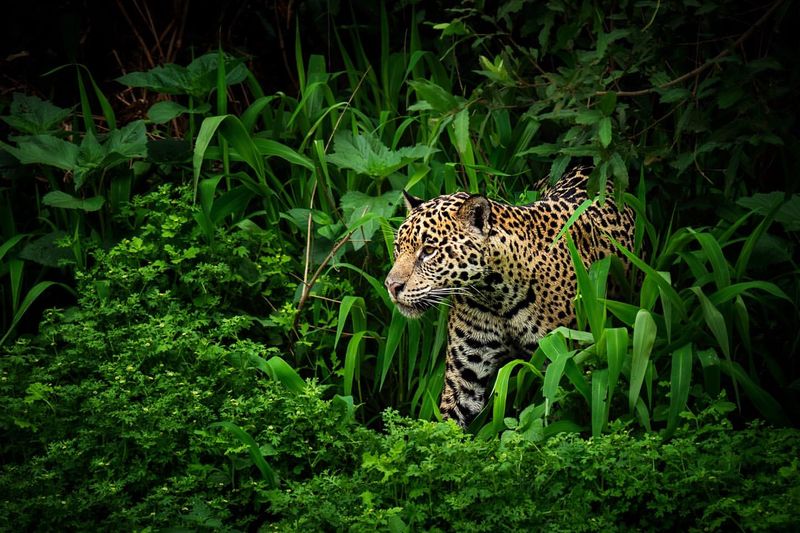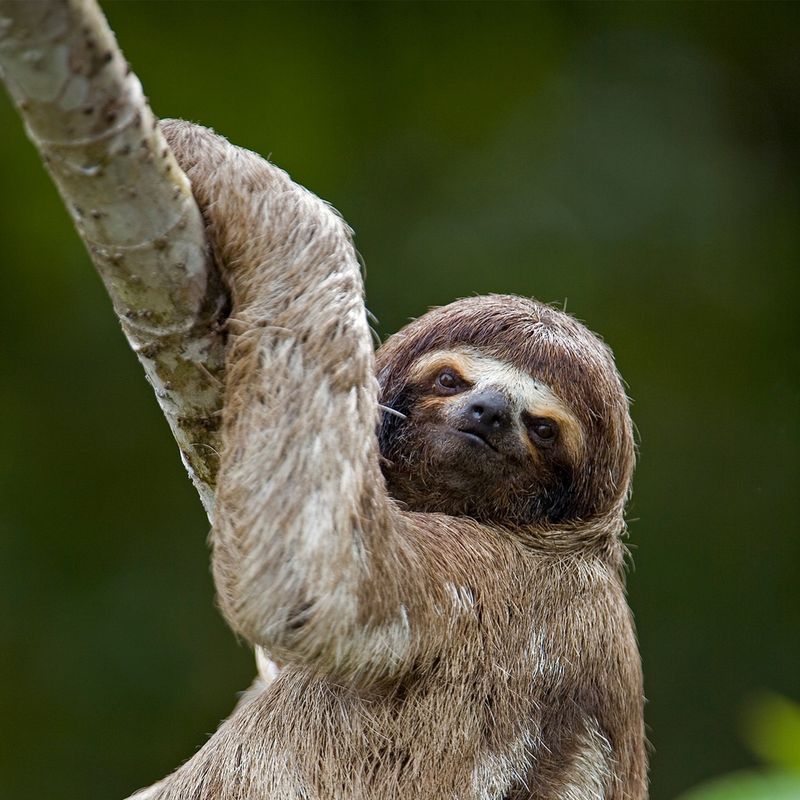📖 Table of Content:
The Amazon jungle, often called the lungs of the Earth, harbors an incredible variety of wildlife found nowhere else. This vast and dense rainforest provides sanctuary to species that have evolved unique traits to survive in its challenging environment. From camouflaged predators to iridescent insects, the Amazon’s biodiversity reflects the ingenuity of nature.
Within the vibrant canopy, monkeys swing through the trees while brilliantly colored birds like macaws and toucans call out from above. On the forest floor, jaguars stalk silently, and rare amphibians blend seamlessly with the underbrush. In the rivers and swamps, creatures like the anaconda and pink river dolphin showcase the Amazon’s aquatic marvels.
This exploration into the Amazon’s hidden world unveils some of its most fascinating inhabitants. Their extraordinary adaptations, colors, and behaviors highlight the richness of this vital ecosystem. Get ready to discover the unparalleled wonders that make the Amazon a treasure trove of life.
1. Glass Frog
Remarkable for its translucent skin, the glass frog offers a rare glimpse into its internal organs, making it one of nature’s most fascinating amphibians. Its vivid green color helps it blend effortlessly with the leaves of the Amazon, where it thrives high in the treetops, leading a life shrouded in mystery and intrigue.
In addition to its unique appearance, the glass frog’s nocturnal lifestyle means it is often heard before it’s seen. At night, their gentle calls resonate through the jungle, adding to the symphony of the rainforest. Their ability to become almost invisible is a true marvel of evolution.
2. Pygmy Marmoset
This is the world’s smallest monkey, with an adorable appearance and a highly social nature. Its fluffy fur and inquisitive eyes make it an endearing sight. They typically weigh around 100 grams and measure a mere 13 centimeters in length, excluding the tail. Found in dense, tangled vegetation, they are exceptional climbers and jumpers.
Pygmy marmosets live in tight-knit groups, often communicating through high-pitched calls. Their diet consists mainly of tree sap, which they extract using sharp teeth, a testament to their adaptability in the challenging Amazonian environment.
3. Arapaima
A colossal inhabitant of the Amazon River, the arapaima, commands attention with its immense size, growing up to three meters in length and exceeding 200 kilograms in weight. Its elongated body and shimmering scales create a majestic presence as it glides through the murky waters, embodying the wonder of the region’s aquatic life.
Arapaimas are obligate air-breathers, requiring them to surface regularly to breathe, a unique adaptation among fish. This behavior makes them more visible to predators and fishermen alike. Their diet consists mainly of fish and crustaceans, making them formidable hunters in their underwater realm.
4. Harpy Eagle
Ruling the skies over the Amazon jungle, the harpy eagle stands as one of the most powerful birds of prey. With a wingspan stretching over two meters, it commands both respect and awe. Its massive talons, rivaling the size of a bear’s claws, make it capable of snatching monkeys and sloths directly from the treetops, showcasing its dominance in the canopy.
Despite its fearsome reputation, the harpy eagle is a symbol of conservation in the region. Its presence indicates a healthy rainforest ecosystem. Observing a harpy eagle in flight is a breathtaking experience, showcasing the grace and power of this incredible avian predator.
5. Amazonian Manatee
The Amazonian manatee, often referred to as a ‘sea cow,’ is a gentle giant of the freshwater ecosystems. These herbivorous mammals can weigh up to 500 kilograms and are known for their docile nature. Manatees are integral to the aquatic food web, grazing on aquatic plants and maintaining the health of their environment.
They are elusive creatures, often glimpsed only when they surface to breathe. Despite their size, they move gracefully through the water, their presence a calming influence in the bustling river habitats. Protecting these creatures is vital for ecological balance.
6. Poison Dart Frog
Renowned for its vivid colors and potent toxins, the poison dart frog serves as a striking example of nature’s warning signals. Found in brilliant shades of blue, yellow, and red, these tiny frogs deter predators by secreting powerful toxins through their skin, making them a bold yet dangerous presence in their rainforest habitat.
Found in the humid undergrowth of the Amazon, they play a crucial role in indigenous cultures, where their toxins are used to tip blow darts for hunting. Despite their small size, poison dart frogs are a powerful presence in the jungle ecosystem.
7. Electric Eel
Capable of generating electricity, the electric eel uses it to navigate and hunt in the murky waters of the Amazon. Despite its name, it is more closely related to catfish than true eels. With the power to deliver shocks of up to 600 volts, it can easily stun prey and ward off potential threats, relying on electrical discharges to sense its environment.
They are solitary hunters, relying on both stealth and shock to catch fish and other small animals. This adaptation makes them one of the most intriguing residents of the Amazon.
8. Capybara
The capybara, the world’s largest rodent, is a social and endearing creature often seen in groups near water bodies. They can weigh up to 66 kilograms and display a gentle demeanor. Capybaras are semi-aquatic, adept swimmers, and often retreat to water to escape predators.
They communicate with a series of barks, whistles, and purrs, highlighting their complex social structures. These herbivores graze on grasses and aquatic plants, contributing to the health of their ecosystems. Observing a group of capybaras is like witnessing a family gathering, full of interactions and bonds.
9. Jaguar
As the apex predator of the Amazon, the jaguar commands the forest with unmatched strength and stealth. Unlike most big cats, it thrives in water, using its swimming skills to enhance its hunting strategy. With powerful jaws capable of crushing skulls, the jaguar stands as one of the most formidable hunters in the wild.
Jaguars are solitary animals, often spotted near rivers where prey is abundant. Their iconic spotted coats provide perfect camouflage in the dappled sunlight of the jungle. Protecting these magnificent creatures is crucial, as they play a vital role in maintaining the balance of the ecosystem. They symbolize the untamed spirit of the Amazon.
10. Sloth
Synonymous with a leisurely lifestyle, the sloth spends most of its time hanging upside down in the dense canopy of the Amazon. Its slow movements are an energy-saving adaptation to a low-calorie diet of leaves, allowing it to thrive in its treetop habitat.
They are excellent swimmers, crossing rivers to find new feeding areas. Their fur hosts a mini-ecosystem of its own, with algae and insects thriving in it. Sloths’ slow movements and tranquil demeanor make them a symbol of the laid-back jungle life. Observing a sloth is witnessing the art of doing nothing, perfectly.
